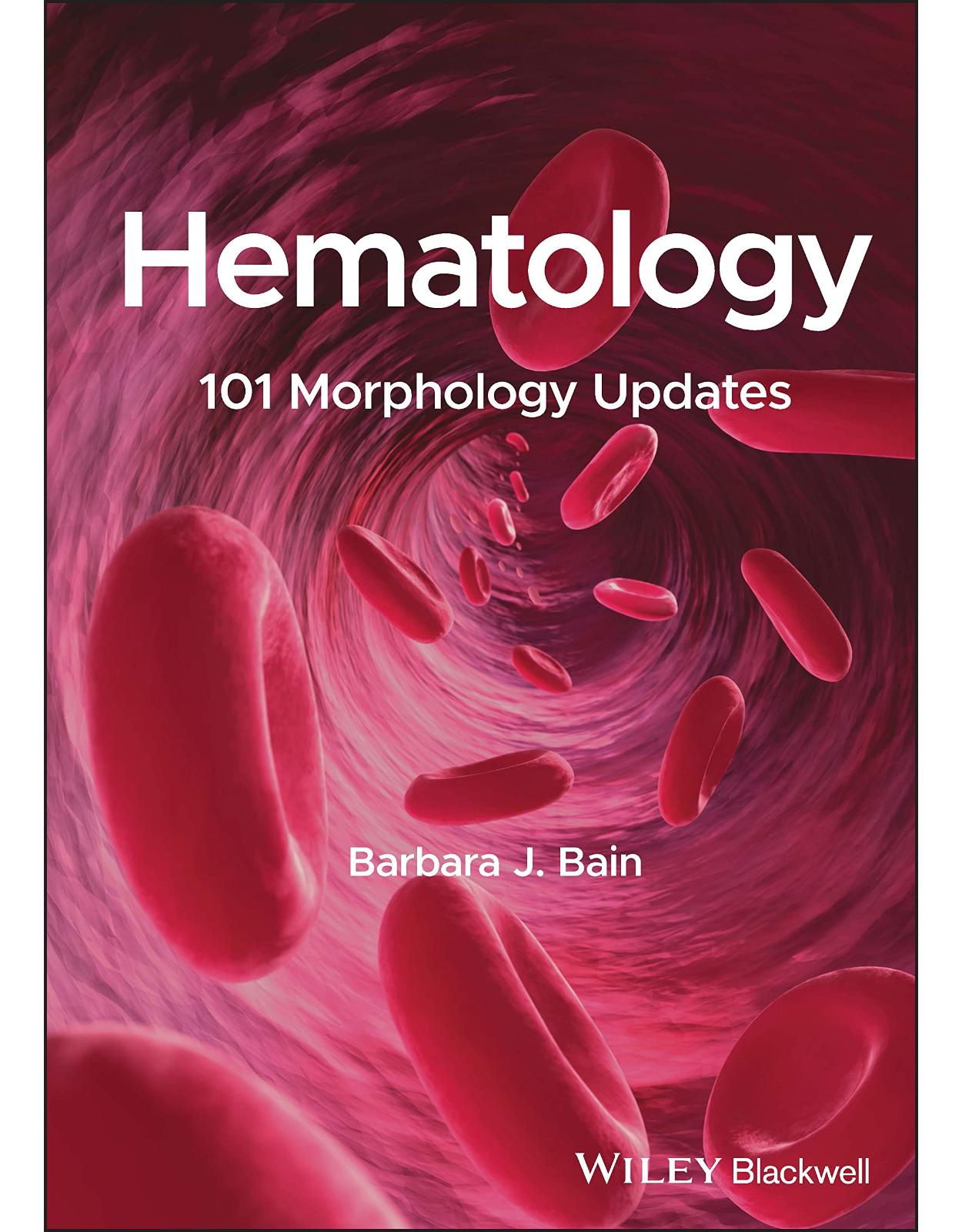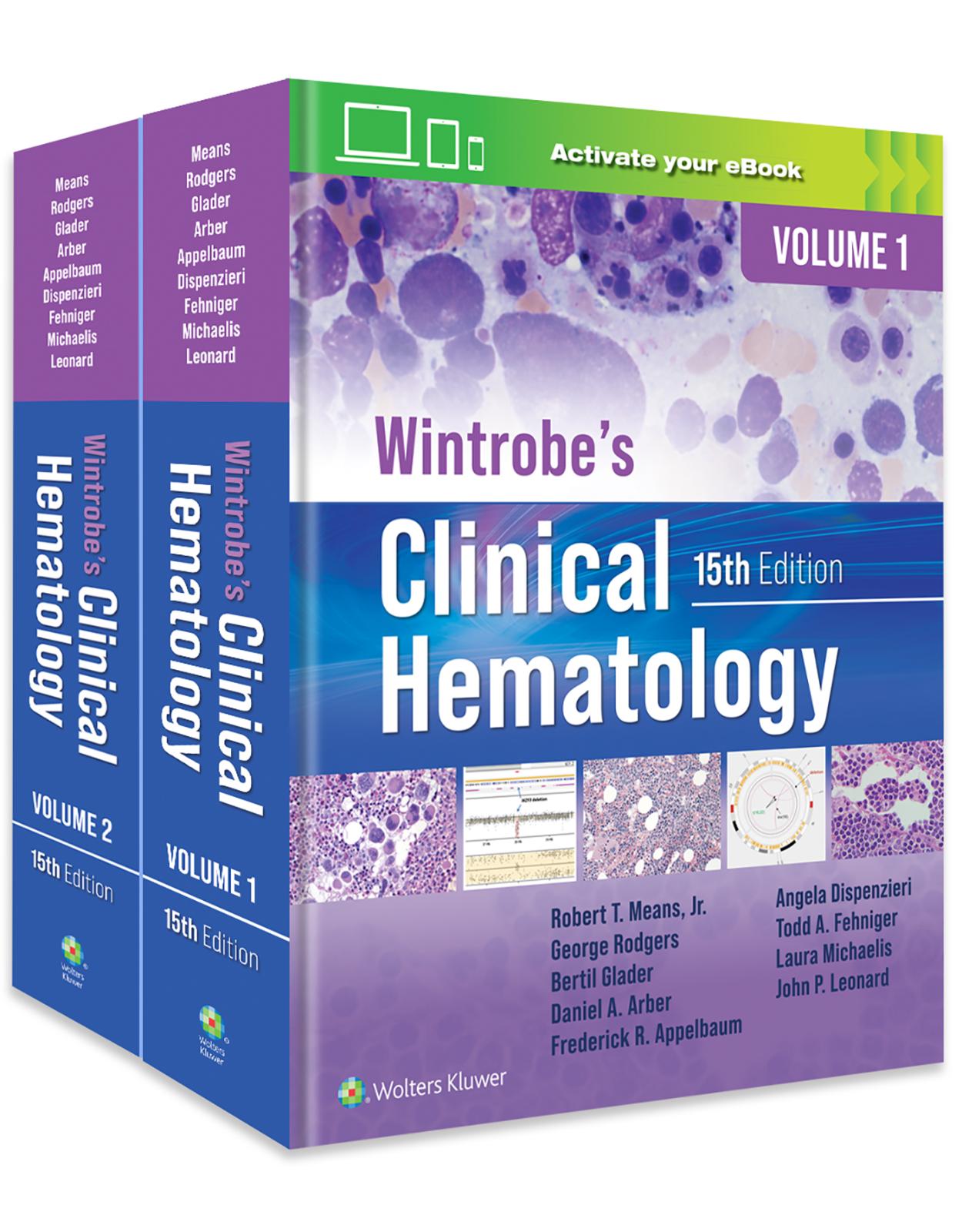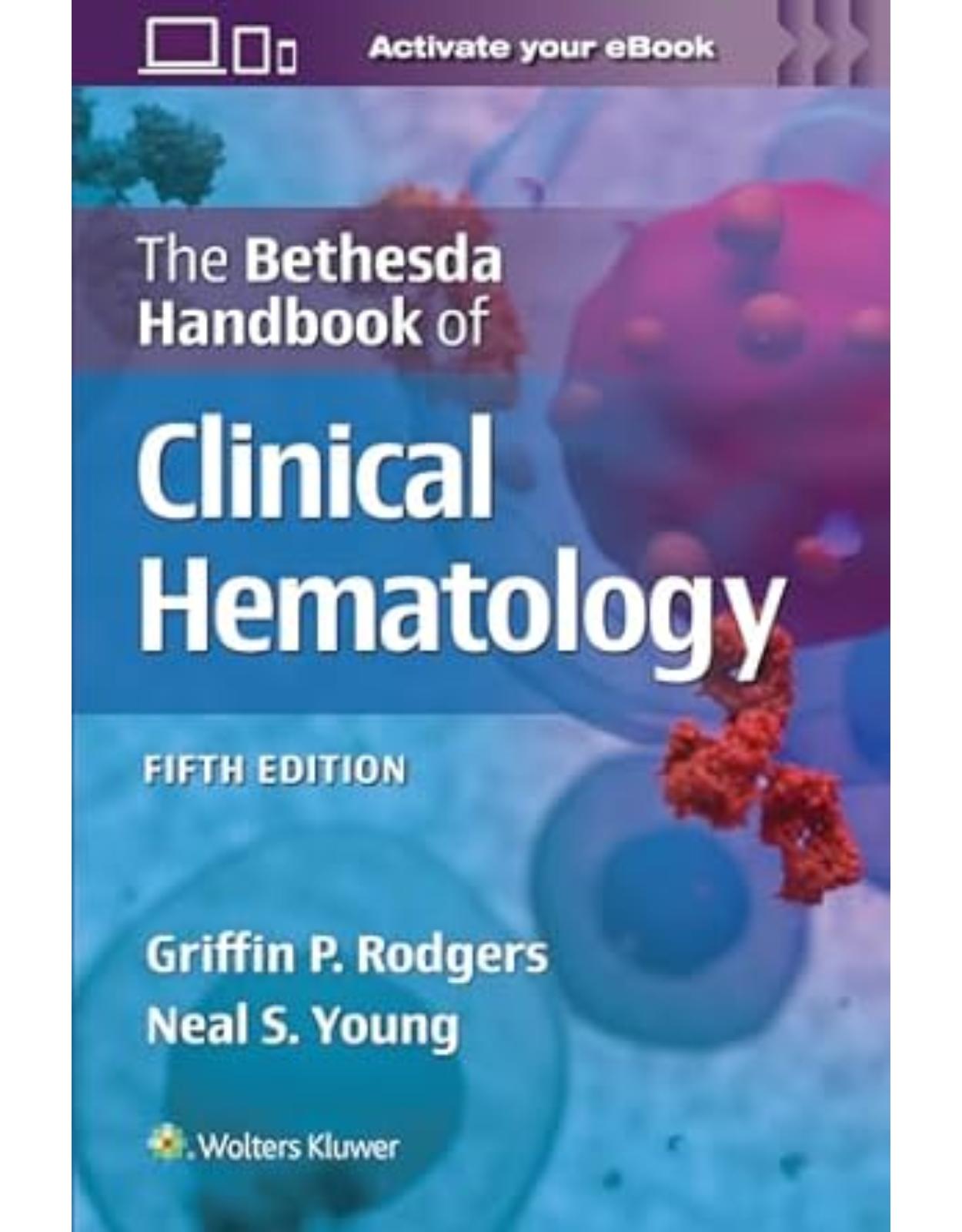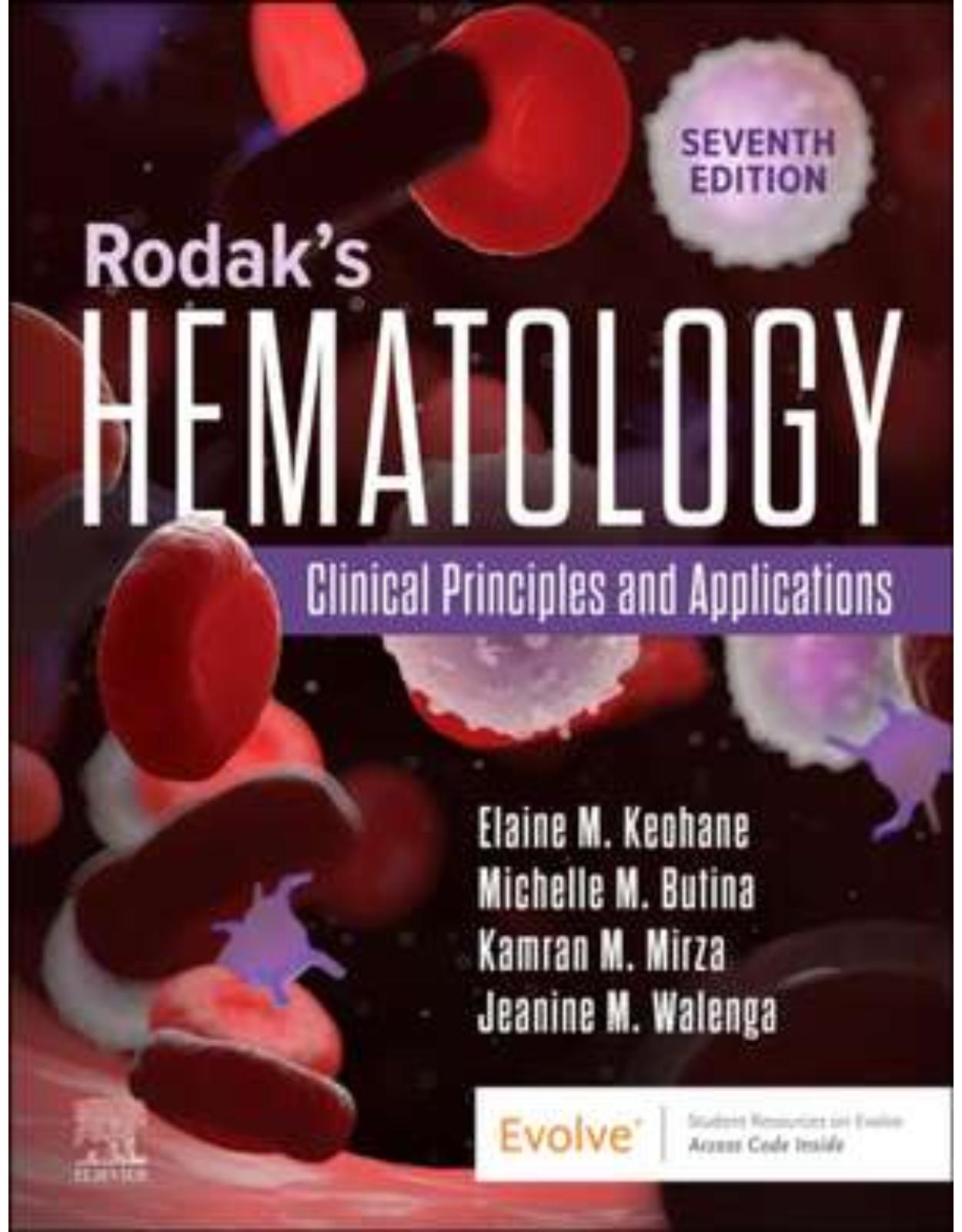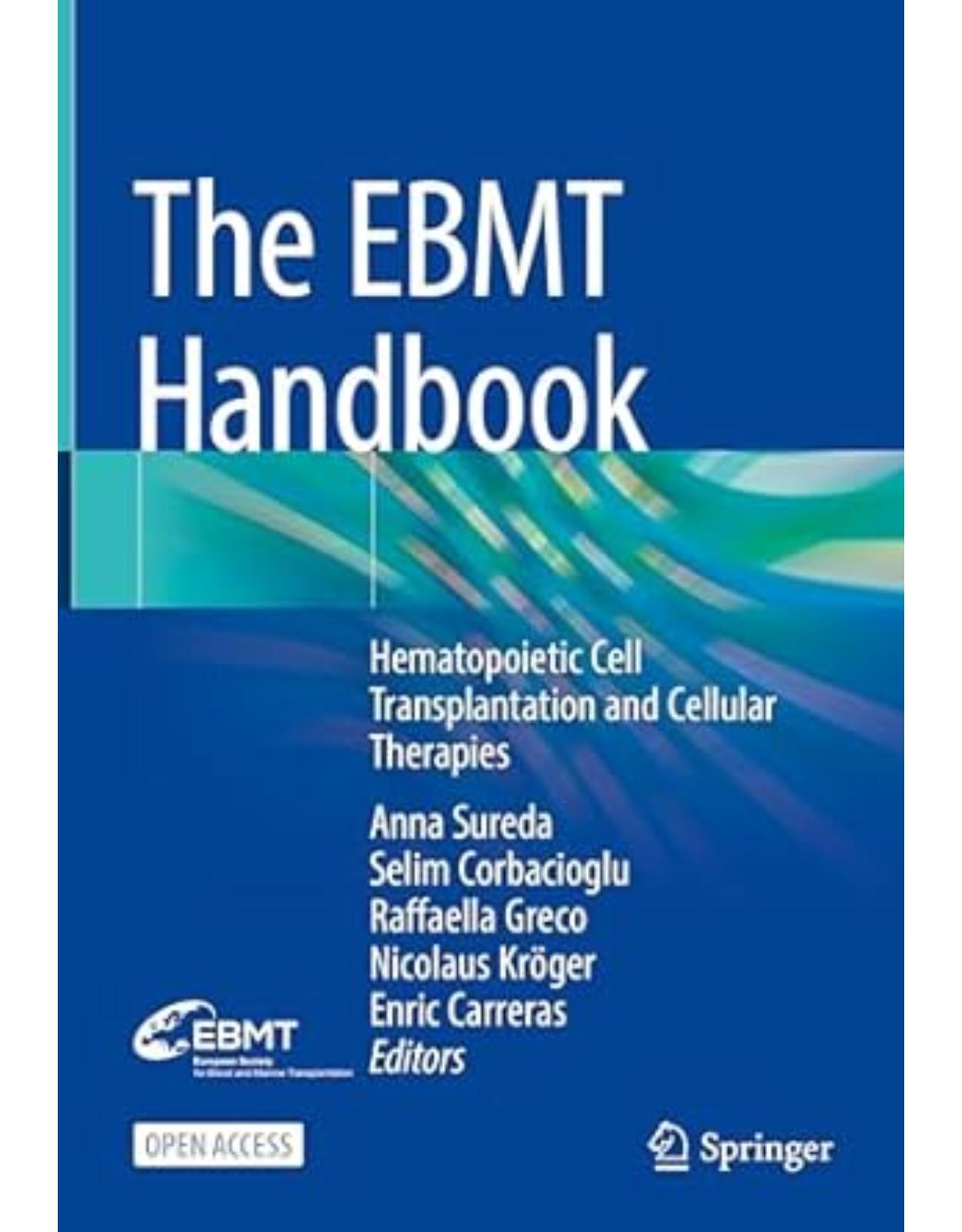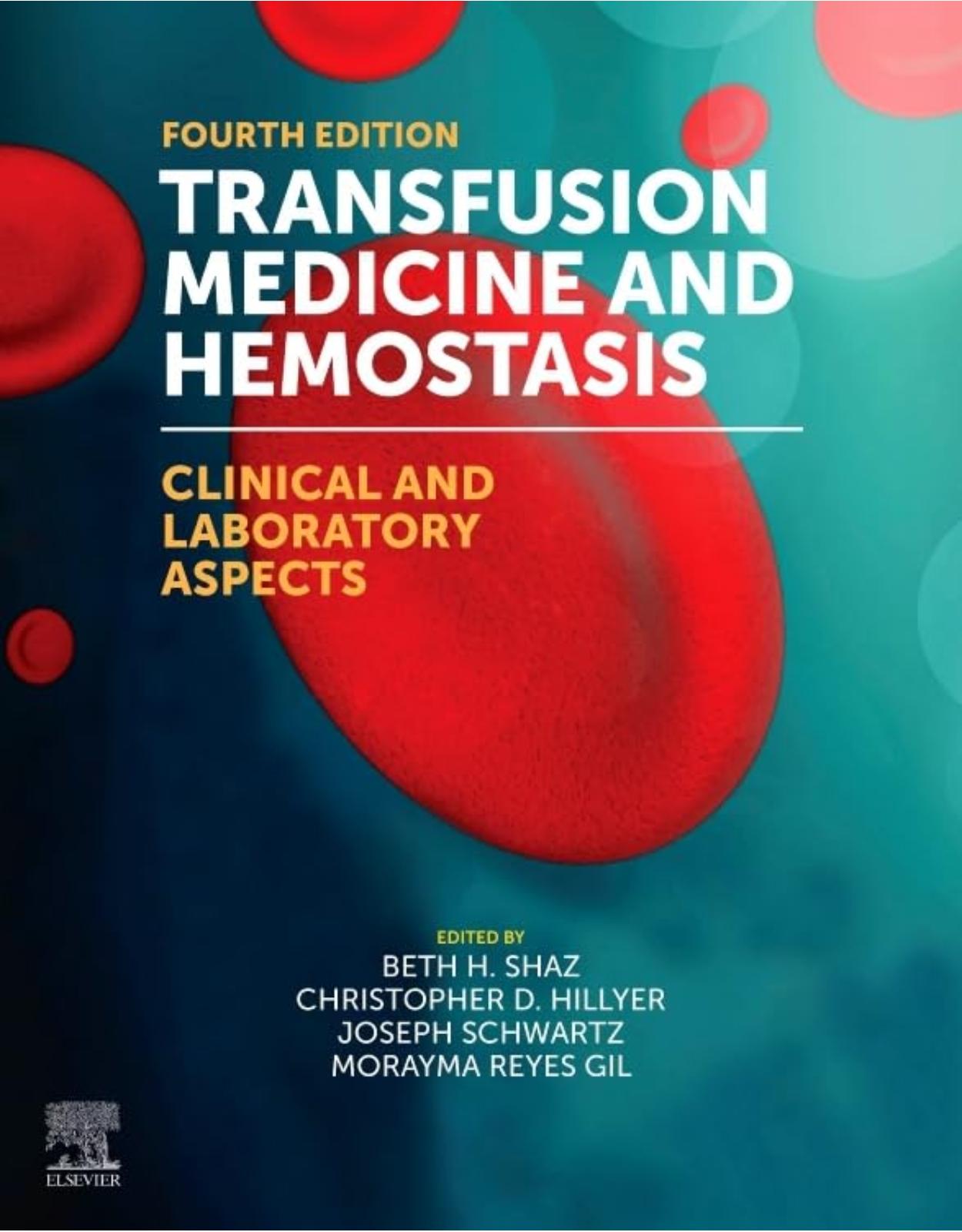
Hematology in Practice
Livrare gratis la comenzi peste 500 RON. Pentru celelalte comenzi livrarea este 20 RON.
Disponibilitate: La comanda in aproximativ 4 saptamani
Autor: Betty Ciesla
Editura: F.A. Davis
Limba: Engleza
Nr. pagini: 360
Coperta: Hardcover
Dimensiuni: 21.6 x 1.9 x 27.9 cm
An aparitie: 30 Jan 2019
Basic principles of hematology made memorable. Build a solid understanding of hematology in the context of practical laboratory practice and principles. Visual language, innovative case studies, role-playing troubleshooting cases, and laboratory protocols bring laboratory practice to life. Superbly organized, this reader-friendly text breaks a complex subject into easy-to-follow, manageable sections. Begin with the basic principles of hematology; discover red and white blood cell disorders; journey through hemostasis and disorders of coagulation; and then explore the procedures needed in the laboratory.
- “Learning objectives at the beginning of each chapter
- Special "Troubleshooting: What do you do when...." sections to promote problem solving
- "Word Key" section that highlights and defines key medical terminology
- Case studies that illustrate the key principles of each concept in the chapters and encourage practical critical thinking
- End-of-chapter summaries and review questions
Updated
Current World Health Organization (WHO) categories are reflected in the chapters on acute leukemia and myeloproliferative disorders.
Thoroughly updated and peer-reviewed to ensure currency and completeness in explanations of theory.
New
'Student Alerts' highlight critical values that students must be able to recognize in the laboratory.
'Deeper Understanding' boxes provide additional theory on specific topics.
Expanded
Coverage of hematology automation and flow cell cytometry in a new Chapter 20, Hematology Automation and Flow Cell Cytometry.
Many new color slides more clearly show normal structures and pathologies.
Table of Contents:
Cover
Title Page
Copyright Page
Dedication
Preface
Contributors
Reviewers
Acknowledgments
Contents
List of Condensed Cases, Case Studies, and Troubleshootings Cases
Part I: Basic Hematology Principles
Chapter 1: Introduction to Hematology and Basic Laboratory Practice
Introduction to Hematology
The Microscope
Significant Parts of the Microscope
Care of the Microscope
Corrective Actions in Light Microscopy
Innovations in Microscopy
Standard Precautions
Personal Protective Equipment
Safety Practices Other Than Personal Protective Equipment
Chemical and Environmental Hazards
Basic Concepts of Quality Assurance Plans in the Hematology Laboratory
Quality Control Monitoring in the Hematology Laboratory
Reference Intervals
Delta Checks
Reflex Testing
Critical Values
Preanalytic Variables
Postanalytic Variables
Chapter 2: From Hematopoiesis to the Complete Blood Count
Hematopoiesis: The Origin of Cell Development
The Spleen as an Indicator Organ of Hematopoietic Health
Functions of the Spleen
Potential Risks of Splenectomy
Bone Marrow and Myeloid:Erythroid Ratio
Alterations in Myeloid:Erythroid Ratio
Role of Stem Cells and Cytokines
Erythropoietin
Bone Marrow Analysis
Bone Marrow Procedure
Bone Marrow Report
Complete Blood Count
Morphologic Classification of Anemias
Calculating Red Blood Cell Indices and Their Role in Indicating Sample Integrity
Value of Red Blood Cell Distribution Width
Critical Values
Clinical Approach to Anemias
Chapter 3: Red Blood Cell Production, Function, and Relevant Red Blood Cell Morphology
Basic Red Blood Cell Production
Red Blood Cell Maturation
Features of Red Blood Cell Development
Red Blood Cell Membrane Development and Function
Composition of Lipids in the Interior and Exterior Layers
Composition of Proteins in the Lipid Bilayers: Integral Proteins
Cytoskeleton: Peripheral Proteins
Red Blood Cell Metabolism
Abnormal Red Blood Cell Morphology
Variations in Red Blood Cell Size
Variations in Red Blood Cell Color
Variations in Red Blood Cell Shape
Red Blood Cell Inclusions
Value of the Reticulocyte Count
Chapter 4: Hemoglobin Function and Principles of Hemolysis
Hemoglobin Structure and Synthesis
Genetics and Chain Formation of Hemoglobin
Hemoglobin Function
Oxygen Dissociation Curve
Abnormal Hemoglobins
Hemolysis
Types and Physiology of Hemolysis
Laboratory Evidence of Hemolysis
Classifications Relevant to the Hemolytic Anemias
Part II: Red Blood Cell Disorders
Chapter 5: The Microcytic Anemias
Introduction
Iron Intake and Iron Absorption
Iron Storage and Recycled Iron
Iron Deficiency Anemia
Pathophysiology and Symptoms
Tests Used to Help Diagnose Iron Deficiency
Treatment for Iron Deficiency
Anemia of Chronic Disease and Inflammation: Pathophysiology, Diagnosis, and Treatment
Sideroblastic Anemias
Hereditary Hemochromatosis (Congenital Iron Overload)
Thalassemia Syndromes
Pathophysiology of Thalassemias
Alpha Thalassemia
Beta Thalassemia Major: Cooley’s Anemia, Mediterranean Anemia
Thalassemia Intermedia and Beta Thalassemia Trait
Chapter 6: The Macrocytic Anemias
Macrocytic Anemias and the Megaloblastic Process
Red Blood Cell Precursors in Megaloblastic Anemia
Ineffective Erythropoiesis in Megaloblastic Anemia
Pernicious Anemia as a Subset of Megaloblastic Anemias
Vitamin B12 and Folic Acid: Nutritional Requirements and Metabolism
Vitamin B12 and Folic Acid Deficiency
Vitamin B12 Transport Into the Bone Marrow
Clinical Features of Patients With Megaloblastic Anemia
Hematologic Features of Megaloblastic Anemias
Laboratory Diagnosis of Megaloblastic Anemias
Serum Vitamin B12 Levels and Folic Acid Levels
Serum Methylmalonic Acid and Homocysteine
Intrinsic Factor and Parietal Cell Antibodies
Treatment and Response of Patients With Megaloblastic Anemia
Macrocytic Anemias That Are Not Megaloblastic
Chapter 7: Normochromic Anemias: Biochemical, Membrane, and Miscellaneous Red Blood Cell Disorders
Role of the Spleen in Red Blood Cell Membrane Disorders
Hereditary Spherocytosis
Genetics and Pathophysiology of Hereditary Spherocytosis
Clinical Presentation in Hereditary Spherocytosis
Laboratory Diagnosis of Hereditary Spherocytosis
Treatment and Management of Hereditary Spherocytosis
Hereditary Elliptocytosis
Common Hereditary Elliptocytosis
Southeast Asian Ovalocytosis
Spherocytic Hereditary Elliptocytosis
Hereditary Pyropoikilocytosis
Hereditary Stomatocytosis and Hereditary Xerocytosis
Glucose-6-Phosphate Dehydrogenase Deficiency
Genetics of Glucose-6-Phosphate Dehydrogenase Deficiency
Clinical Manifestations of Glucose-6-Phosphate Dehydrogenase Deficiency
Acute Hemolytic Anemia
Diagnosis of Glucose-6-Phosphate Dehydrogenase Deficiency
Pyruvate Kinase Deficiency
Miscellaneous Red Blood Cell Disorders
Aplastic Anemia
Fanconi’s Anemia
Diamond-Blackfan Anemia
Paroxysmal Nocturnal Hemoglobinuria
Cold Agglutinin Syndrome
Paroxysmal Cold Hemoglobinuria
Congenital Dyserythropoietic Anemias
Acquired Anemias of Variable External Causes
Chapter 8: The Normochromic Anemias Caused by Hemoglobinopathies
General Description of Hemoglobinopathies
Sickle Cell Anemia
Genetics and Incidence of Sickle Cell Anemia
Pathophysiology of Sickling Process
Clinical Considerations for Sickle Cell Anemia
Laboratory Diagnosis
Sickle Cell Trait
Hemoglobin C Disease and Trait and Hemoglobin SC
Variant Hemoglobins
Hemoglobin S–Beta Thalassemia
Hemoglobin E
Hemoglobin DPunjab and Hemoglobin GPhila
Hemoglobin OArab
Part III: White Blood Cell Disorders
Chapter 9: Leukopoiesis, WBC Differential, and Lymphocyte Function
Leukopoiesis
Stages of Leukocyte Maturation
Features of Cell Identification
Lymphocyte Origin and Function
Lymphocyte Populations
Travel Path of Lymphocytes
Lymphocytes and Development of Immunocompetence
Response of Lymphocytes to Antigenic Stimulation
Lymphocyte Cell Markers and Cluster of Differentiation
Leukocyte Count From Complete Blood Cell Count to Differential
Manual Differential Versus Differential Scan
Relative Versus Absolute Values
Chapter 10: Abnormalities of White Blood Cells: Quantitative, Qualitative, and the Lipid Storage Diseases
Introduction to White Blood Cell Disorders
Quantitative Changes in White Blood Cells
Specific Terminology Relating to Quantitative White Blood Cell Changes
Stages of White Blood Cell Phagocytosis
Qualitative Defects of White Blood Cells
Toxic Changes in White Blood Cells
Human Ehrlichiosis
Nuclear Abnormalities: Hypersegmentation
Hereditary White Blood Cell Disorders
May-Hegglin Anomaly
Alder’s Anomaly
Pelger-Huët Anomaly
Chédiak-Higashi Syndrome
Reactive Lymphocytosis in Common Disease States
Other Viral Sources of Reactive Lymphocytosis
Effect of HIV/AIDS on Hematology Parameters
Lipid Storage Diseases
Common Features of a Few Lipid Storage Diseases
Bone Marrow Cells in Lipid Storage Disorders
Bacteria and Other Unexpected White Blood Cell Changes
Chapter 11: Acute Leukemias
Definition of Leukemia
Comparing Acute and Chronic Leukemia
Leukemia History
Acute Myeloid Leukemia
Epidemiology
Clinical Features
Laboratory Features
Classification
Acute Leukemias of Ambiguous Lineage
Important Acute Myeloid Leukemia Prognostic Factors
Acute Lymphoblastic Leukemia
Epidemiology
Clinical Features
Classifications
Prognosis in Acute Lymphoblastic Leukemia
Chapter 12: Myeloproliferative Neoplasms
Introduction to Myeloproliferative Neoplasms
World Health Organization Classifications
Chronic Myeloid Leukemia BCR-ABL1+
Pathophysiology
Clinical Features and Symptoms
Peripheral Blood and Bone Marrow
Diagnosis
Treatment
Prognosis
Chronic Neutrophilic Leukemia
Chronic Eosinophilic Leukemia Not Otherwise Specified
Polycythemia Vera
Pathophysiology
Clinical Features and Symptoms
Peripheral Blood and Bone Marrow Findings
Diagnosis
Treatment
Prognosis
Primary Myelofibrosis
Pathophysiology
Clinical Features and Symptoms
Peripheral Blood and Bone Marrow Findings
Diagnosis
Treatment
Prognosis
Essential Thrombocythemia
Pathophysiology
Clinical Features and Symptoms
Peripheral Blood and Bone Marrow Findings
Diagnosis
Treatment
Prognosis
Mastocytosis
Chapter 13: Lymphoproliferative Disorders and Related Plasma Cell Disorders
Lymphoid Malignancies
Chronic Lymphocytic Leukemia
Prolymphocytic Leukemia
Hairy Cell Leukemia
Hodgkin’s Lymphoma and Non-Hodgkin’s Lymphoma
Sézary Syndrome
Plasma Cell Disorders
Plasma Cell Structure and Function
Multiple Myeloma
Waldenström’s Macroglobulinemia
Chapter 14: The Myelodysplastic Syndromes
Introduction to Myelodysplastic Syndromes
Pathophysiology
Chromosomal Abnormalities
Common Features and Clinical Symptoms
How to Recognize Dysplasia
Classification of Myelodysplastic Syndromes
Specific Features of 2016 World Health Organization Classification
Prognostic Factors and Clinical Management
Part IV: Hemostasis and Disorders of Coagulation
Chapter 15: Overview of Hemostasis and Platelet Physiology
Normal Hemostasis: Overview
Vascular System
Vasoconstriction
Contribution of Endothelial Cells
Evaluation of Endothelial Cells
Platelets and Primary Hemostasis
Platelet Structure and Physiology
Platelet Function in Primary Hemostasis
Platelet Properties
Evaluation of Platelets
Hemostatic Proteins and Secondary Hemostasis
Coagulation Factors (Coagulation Cascade)
Regulatory Inhibitors
Hemostatic Protein Groups
Fibrinolytic System
Screening Tests for Evaluation of Bleeding Disorders
Chapter 16: Quantitative and Qualitative Platelet Disorders
Quantitative Disorders of Platelets
Thrombocytopenia Related to Sample Integrity and Preanalytic Variables
Thrombocytopenia Related to Decreased Production
Thrombocytopenia Related to Altered Distribution of Platelets
Thrombocytopenia Related to Immune Effect of Specific Drugs or Antibody Formation
Thrombocytopenia Related to Consumption of Platelets
Thrombocytosis
Inherited Qualitative Disorders of Platelets
Disorders of Adhesion
Platelet Release Defects
Acquired Defects of Platelet Function
Vascular Disorders Leading to Platelet Dysfunction
Chapter 17: Defects of Plasma Clotting Factors
Plasma Clotting Factors and Hemophilias
Evaluation of a Bleeding Disorder
Treatment of Hemophilia A Patients
Quality-of-Life Issues for Hemophilia A Patients
Factor VIII Inhibitors
Hemophilia B (Christmas Disease)
Congenital Factor Deficiencies
Congenital Factor Deficiencies With Bleeding Manifestations
Congenital Factor Deficiencies in Which Bleeding Is Mild or Absent
Factor XIII Deficiency
Bleeding Secondary to a Chronic Disease Process
Role of Vitamin K in Hemostasis
Vitamin K Deficiency and Subsequent Treatment
Chapter 18: Fibrinogen, Thrombin, and the Fibrinolytic System
Overview of Fibrinogen in Clot Formation and Lysis
Disorders of Fibrinogen
Afibrinogenemia
Hypofibrinogenemia
Dysfibrinogenemia
Multiple Roles of Thrombin in Hemostasis
Fibrinolysis
Clot Dissolution
Naturally Occurring Inhibitors of Fibrinolysis
Measurable Products of the Fibrinolytic System
Disseminated Intravascular Coagulation
Mechanism of Acute Disseminated Intravascular Coagulation
Primary Fibrinolysis
Clinical Symptoms and Laboratory Results in Acute Disseminated Intravascular Coagulation
Treatment of Acute Disseminated Intravascular Coagulation
Chapter 19: Introduction to Thrombosis and Anticoagulant Therapy
Thrombophilia and Thrombosis—an Overview
Physiologic and Pathologic Thrombosis
Pathophysiology of Thrombosis
Laboratory Diagnosis of Thrombotic Disorders
Inherited Thrombotic Disorders
Acquired Thrombotic Disorders
The Laboratory’s Role in Diagnosing Thrombophilia
Anticoagulant Therapy
Antiplatelet Drugs
Anticoagulant Drugs
Alternative Anticoagulant Drugs
Thrombolytic Drugs
Part V: Hematology Automation, Flow Cell Cytometry, and Laboratory Procedures
Chapter 20: Hematology Automation and Flow Cell Cytometry
Hematology Automation
Electrical Impedance
Histograms
Radiofrequency
Opacity
Scatterplot
Optical Scatter
VCS Technology
Hydrodynamic Focusing
Flow Cytometry
Optical Platelet Counting and Flow Cytometry
Instruments
Data Reporting
Beckman-Coulter Instrumentation
Sysmex Instrumentation
CellaVision Automated Digital Cell Morphology
Abbott CELL-DYN Instrumentation
Siemens Healthcare Advia Instrumentation
Cerebrospinal Fluid Analysis on the Advia 120/2120
Quality Assurance and Quality Control
Coagulation Automation and Instruments
Coagulation Automation
Coagulation Instruments
Flow Cytometry Instrumentation
Principles of Operation
Fluidics
Optics
Electronics
Analysis
Quality Control
Applications of Flow Cytometry
Chapter 21: Basic Procedures in a Hematology Laboratory
Microhematocrit
Modified Westergren Sedimentation Rate
Manual Reticulocyte Procedure
Peripheral Smear Procedure
Performing a Manual Differential and Assessing Red Blood Cell Morphology
Leukochek White Blood Cell and Platelet Manual Count
Sickle Cell Screening Procedure
Cerebrospinal Fluid and Body Fluid Cell Count and Differential
Body Fluid Analysis on the Sysmex XE-5000
Prothrombin Time and Activated Partial Thromboplastin Time: Automated Procedure
Quantitative D-Dimer—Innovance on Sysmex CA7000
Appendix A: Answers to Review Questions
Appendix B: List of Abbreviations
| An aparitie | 30 Jan 2019 |
| Autor | Betty Ciesla |
| Dimensiuni | 21.6 x 1.9 x 27.9 cm |
| Editura | F.A. Davis |
| Format | Hardcover |
| ISBN | 9780803668249 |
| Limba | Engleza |
| Nr pag | 360 |

